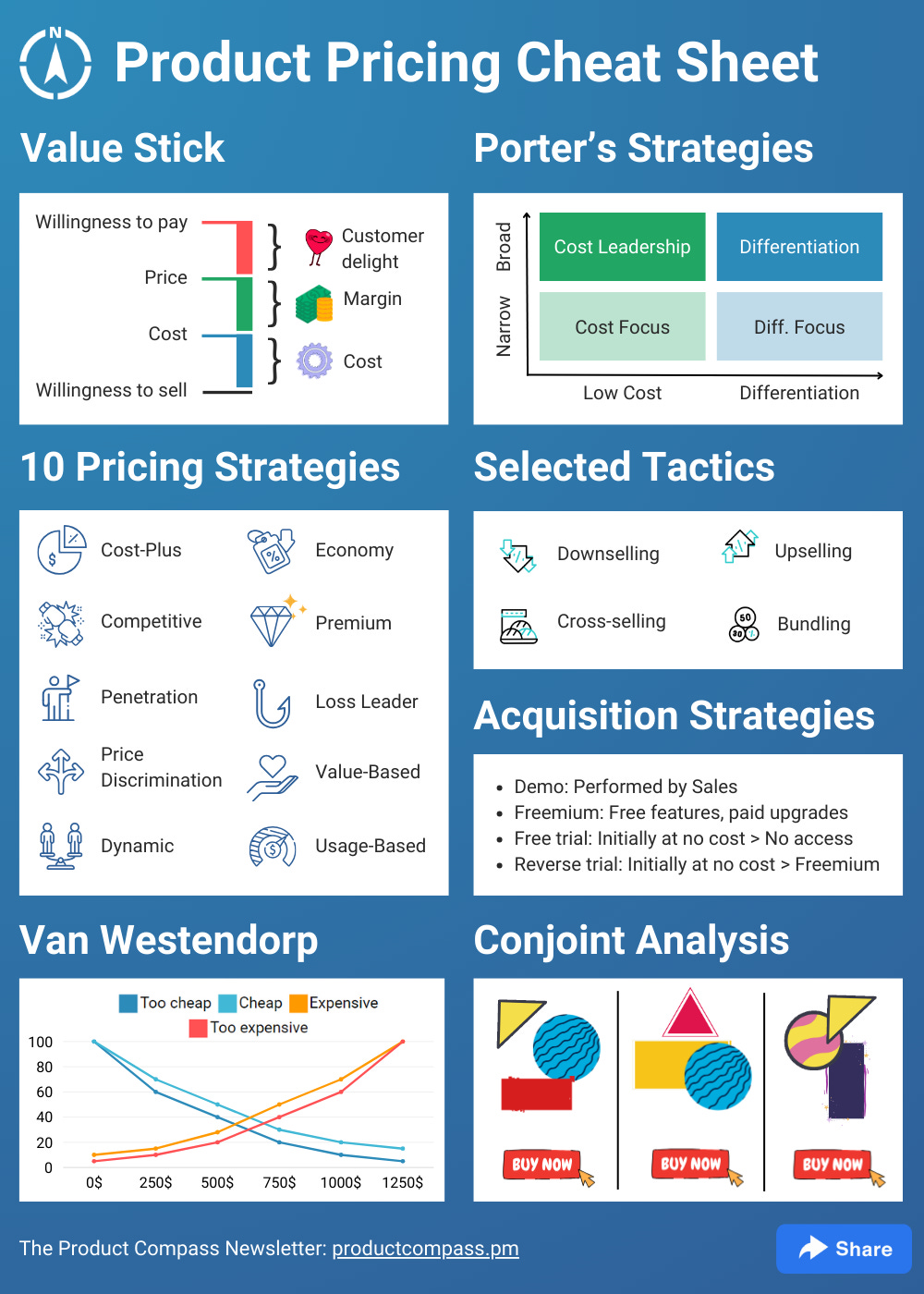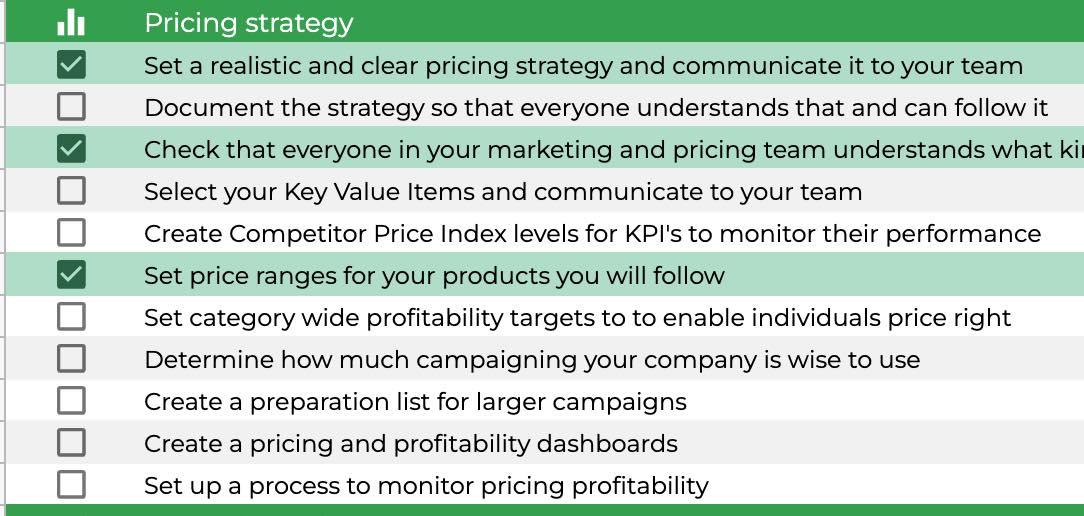Cutting-edge Pricing Strategy Techniques for Today's Digital Economy
Cutting-edge Pricing Strategy Techniques for Today's Digital Economy
Blog Article

Master Effective Pricing Strategies to Make Best Use Of Earnings
In the ever-evolving landscape of business, grasping reliable prices techniques is crucial for organizations intending to optimize earnings. A nuanced understanding of rates psychology can considerably influence customer behavior and buying choices.
Recognizing Rates Psychology
Recognizing rates psychology is critical for businesses aiming to optimize their prices approaches. This area checks out just how customers view prices and how these perceptions influence their buying decisions. Key concepts in rates psychology consist of the anchoring impact, where the first rate offered serves as a recommendation point for customers, and the idea of rate sensitivity, which differs amongst different consumer sectors.
Additionally, businesses can leverage the concept of regarded value, where the regarded benefits of a product and services can justify a higher cost factor. For example, costs prices can produce a mood of exclusivity, drawing in customers that connect higher rates with premium quality. On the other hand, psychological pricing, such as setting a cost at $9.99 as opposed to $10, can substantially influence customer habits by making costs show up much more appealing.
Furthermore, deficiency and seriousness can improve the viewed worth of products, prompting quicker purchasing decisions. Recognizing these emotional triggers makes it possible for businesses to formulate pricing methods that not just drive sales but also foster consumer commitment. Hence, understanding prices psychology is necessary for efficient prices method formula, resulting in improved success and market positioning.
Executing Value-Based Rates

First, conduct extensive market study to recognize the worth chauffeurs for your target audience. This can consist of attributes, high quality, brand name track record, and client service. Next off, segment your customers based on their determination to pay and the value they perceive. By doing so, you can tailor offerings and pricing strategies to align with different segments.
After collecting insights, set rates that show the maximum amount a consumer agrees to pay, making sure that they regard a fair exchange for the value received. Interact the value recommendation efficiently, highlighting the advantages and differentiators of your offering. Continuously keep an eye on market conditions and consumer comments to fine-tune your pricing method over time. By carrying out value-based pricing, businesses can boost profitability while cultivating long-term client loyalty.
Exploring Dynamic Rates Models
In today's swiftly changing market landscape, dynamic pricing models have actually emerged as a powerful method for services looking for to optimize profits and react to fluctuations sought after. These versions allow firms to readjust their prices in real-time based on different variables such as consumer actions, market trends, and stock degrees. By leveraging data analytics and algorithms, businesses can identify optimum rates points that optimize sales while continuing to be competitive.
Dynamic rates can take various types, consisting of time-based rates, where rates vary based on time of day or period, and demand-based pricing, which readjusts rates according to existing consumer demand. redirected here This adaptability not only improves productivity but also improves client complete satisfaction by offering rates that mirror real-time market problems.
Carrying out vibrant rates needs a durable technical framework and a deep understanding of consumer sections. It is vital for services to keep an eye on market signals and customer responses continuously, making certain that rates strategies straighten with broader organization goals. Transparent interaction concerning prices adjustments can aid minimize consumer discontentment and foster trust fund, eventually leading to sustained productivity in an affordable industry. Accepting dynamic rates can thus be a transformative technique in the mission for making the most of income.
Studying Competitor Prices
Checking competitor prices is important for companies aiming to preserve a competitive side in their respective markets. By examining rivals' rates techniques, firms can determine market fads, recognize customer preferences, and readjust their prices accordingly. This evaluation includes event information on competitors' prices, marketing strategies, and item offerings to inform pricing decisions.
To properly assess rival rates, companies need to utilize different tools check it out and strategies, such as rate tracking software program, market study reports, and consumer responses. This data can expose how competitors place their solutions and products, allowing services to separate their offerings or embrace comparable techniques to remain pertinent.
In addition, it is vital to categorize rivals into indirect and straight rivals. Straight rivals use similar product and services, while indirect rivals might meet the same consumer need with various services. Recognizing the nuances between these groups will make it possible for services to tailor their pricing strategies better.
Inevitably, ongoing competitor pricing analysis is crucial for making enlightened prices decisions. It permits businesses to remain nimble in response to market shifts, ensuring they can confiscate possibilities and reduce risks related to prices strategies.
Assessing Rates Efficiency
Recognizing how competitor rates influences market characteristics brings about a natural concentrate on assessing rates performance within one's own service. This assessment is important for identifying areas of strength and possibilities for renovation, inevitably enhancing productivity.

In addition, conducting normal pricing audits can reveal discrepancies in between expected and real efficiency. This involves contrasting prices information throughout different sections and networks to comprehend variances and recognize trends. Integrating customer feedback can provide insights right into regarded worth versus actual rates, guaranteeing positioning with market expectations.
Finally, leveraging information analytics devices can promote much deeper insights right into pricing efficiency, allowing businesses to make data-driven modifications (Pricing Strategy). By continuously evaluating prices efficiency, companies can adapt to market modifications and optimize their techniques, ensuring sustained productivity in an affordable landscape
Final Thought
By leveraging prices psychology, visit the website companies can improve perceived value and tailor pricing to diverse consumer sectors. The adoption of value-based and vibrant prices designs helps with real-time modifications based on demand and consumer desire to pay.
Understanding rates psychology is critical for organizations intending to maximize their pricing techniques. Understanding these mental triggers enables services to formulate pricing methods that not just drive sales however also foster customer commitment. Therefore, grasping pricing psychology is necessary for effective pricing strategy formula, leading to boosted earnings and market positioning.
By evaluating rivals' rates approaches, companies can identify market patterns, understand customer preferences, and change their prices as necessary. By leveraging pricing psychology, businesses can boost viewed worth and dressmaker pricing to diverse client sectors.
Report this page